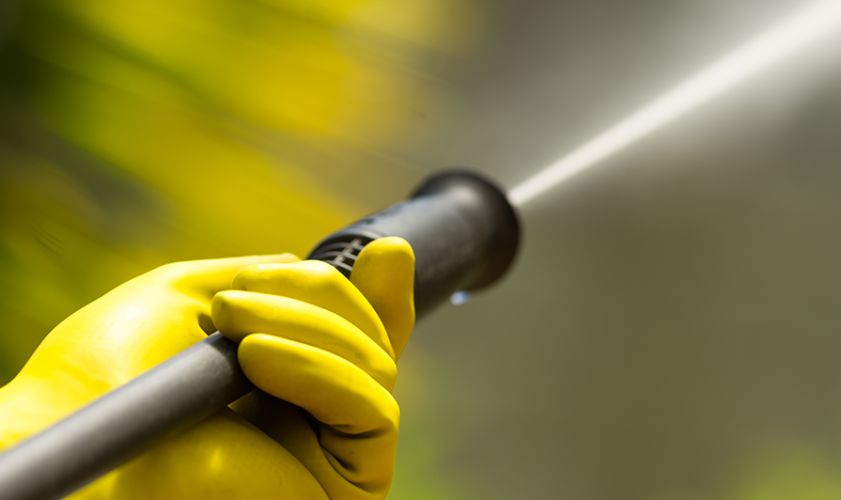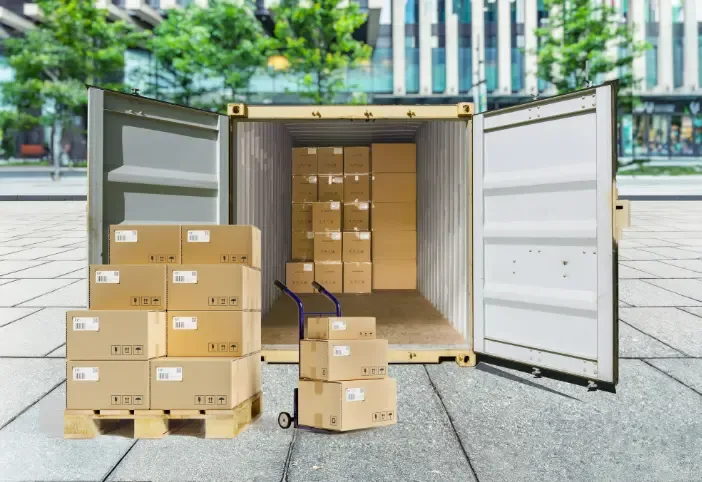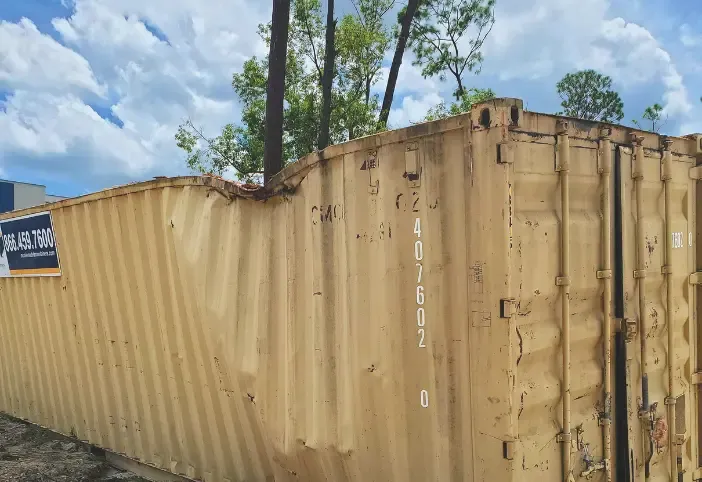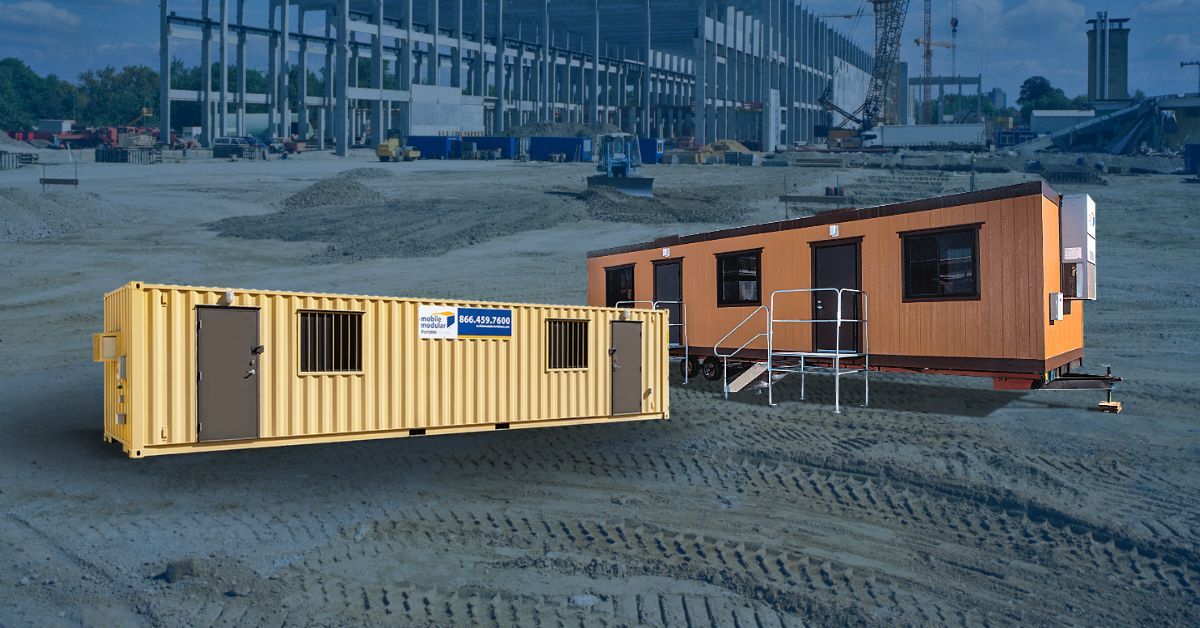- Rent, Lease, or Purchase
- |
September 18, 2019
How To Clean The Insides Of A Shipping Container

Once you buy a shipping container from the depot, it might be possible that it is contaminated, thanks to the wear and tear and other pollutants it might come in contact with while being transported. Even if it has been sitting idle, some amount of maintenance and repair work is required to ensure that it is in a usable condition.
Besides, rust can always make its way through despite taking precautions. Hence, it is necessary to clean it before using it again. While cleaning may appear to be a daunting task, these quick, handy tips will make your life easy!
Sweeping
This is the first and the easiest step you should start with is to clear off the dust particles. Empty the box and start with the insides first.
Clean any debris during the process and do not forget to wear a dust mask. A good sweep can help clear out a lot of elements that might be sitting in the container for a long while.
Washing
You can wash off the sticky substances, stains and foul smells with water. Some commercial buyers opt to blast the insides of the box with dry ice. It helps clear any chemical and also saves water. A lot depends on the weather as some chemicals may interact with the environment, which may prove to be hazardous.
For washing the exteriors of the container with water, start with the roof. It is recommended to rent out a pressure washer for this job. While spraying water, use eye protection to avoid damage.
Rust and Other Damages

Check out for holes or dents that need attention and get them repaired at the earliest. If you leave them unattended, they may grow larger, making it difficult to repair, also allowing moisture to seep in. Small holes can be easily repaired by using a wire brush. You might be surprised to know that vinegar can work wonders in such cases. Don’t forget to paint the affected area after using the wire brush.
If water does not work, you can fill vinegar in a spray bottle to clean the surface. For larger holes, you can consider welding a piece of steel across the hole or use an industry sealant to glue the piece across the hollow area.
Additionally, address any rust or corrosion issues to avoid it being converted into a concern later. An easy way to identify rust is to close the container and walk around across every side to determine if any daylight finds its way inside, other than through breather vents. These can be probable rust areas that can be easily brushed off using a wire brush and sandpaper. You may repaint the surface to restore the look.
Other Substances

Inspect the portable shipping container and check for any unwanted elements such as sticky substances. Weed out pollens and bugs, if any. Check for water seepages inside the box.
Proper maintenance will help identify holes and other contaminants at the right time. Before shipping off your container, ensure that it is free from pollens and other elements, or it might end up being rejected by the customs.
Shipping containers that have been transported through the sea are at higher chances of developing an oxide film and rusting due to humidity. Hence, pay keen attention to maintaining such portable shipping containers.
If you're looking for low maintenance, portable office containers to ship your products, Mobile Modular Portable Storage (MMPS) is just the right fit for you. We offer high-security portable storage containers, which are typically delivered in one business day. For those wanting to purchase or rent used containers, we have a host of them, in varying sizes, suited for different needs. To request pricing, contact us today.
Related Blogs



Subscribe to Our Blog
Enter your email address to subscribe to the blog and receive the notification of new posts by email.
Thank You for Subscribing to Our Blog!
Stay tuned for upcoming emails with valuable content that we hope will enhance your experience with our brand.
Both Pardot and mg360 form submissions failed.
